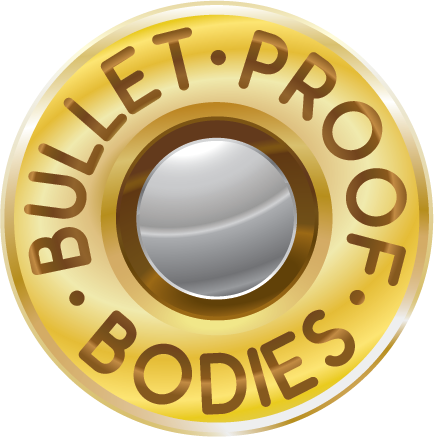Skiing can be a fun winter sport, and as all sports, presents risks of injuries and pain from skiing mishaps. The most common ski injuries are:
Knee sprains
The most common skiing injury of all times, knee sprains happen when a ligament around the knee joint is injured by tearing or stretching too far. The injury can be caused by too much strain on the knee or bending of the knee in the opposite direction from its normal bending. Wearing a knee brace, designed especially for this type of protection, can prevent this common ski injury from happening, and can help you recover if an injury does occur.
Fractured wrists
A broken wrist is another common skiing injuries. Generally falling on an outstretched hand and putting too much pressure on the wrist bones can cause a fracture in the wrist. By wearing wrist braces or supports these injuries can be prevented and help you on your way down the slope.
Broken legs
When you strap on skis, your leg bones can endure so much pressure. A bad fall or collision with a tree or another skier are some of the accidents that result in fractured legs. Wearing gear that is properly fitted can help you minimize the risk of harming your legs and make for a better skiing day.
Cranial injuries
Brain injuries can occur after a high-speed collision (usually greater than 30 mph). From concussions to hematomas, skull and brain injuries should always be treated seriously until you have seen a medical professional and your condition has been properly diagnosed. To avoid serious brain traumas, it is recommended that all skiers wear a helmet while on the slopes. Skiing with a helmet is one the best preventive measures you can take to avoid a head injury and ensure you enjoy your time on the ski hill.
Shoulder dislocations
When the arm bone loses contact with the socket of the shoulder blade, the shoulder is dislocated. Dislocations of the shoulder often happen in bad falls on the shoulder or hanging by one arm. There are shoulder supports and stabilizers, as well as good clavicle supports that can help you prevent this painful skiing injury.
Ankle or foot sprains
If the bindings on the skis do not let go when strained, the ankle joint ligaments can be injured and the foot may suffer trauma causing a sprain or even fracture. Whether you need mild or maximum support for your ankle and foot, it is recommended to wear an ankle brace to protect your bones and get on with your skiing.
Spinal injuries
Although very rare, any neck pain after twisting or hyper-extending may be caused by a displacement or fracture of the cervical spine which can cut or put pressure on the spinal cord. Therefore, any neck pain after a significant injury should be treated immediately to avoid severe complications. If you feel any neck pain you should immediately see your doctor. Wearing a cervical collars can provide your neck with additional support while you recover. They control your neck movements just enough to protect it from twisting to cause injury.
This article is brought to you by Jason Zinn for BetterBraces.com. Better Braces offers orthopedic braces from DonJoy, Aircast, ProCare, and Saunders to support and alleviate joint pain caused by arthritis or sports injuries. Features knee, back, wrist, neck, elbow and shoulder braces, compression socks and other sports medicine products.
Article Source: https://EzineArticles.com/expert/Jason_Zinn/409417
Article Source: http://EzineArticles.com/3674148
Video: https://www.youtube.com/user/sanfranciscocrossfit

